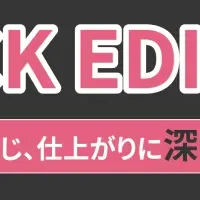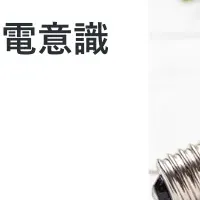
Luxury Sector Faces Challenges but Maintains Resilience Amid Economic Pressures
The Luxury Industry Amid Economic Uncertainty
The luxury market is reckoning with unprecedented turbulence, marking one of the most significant disruptions since the global financial crisis. Research from Bain & Company and Italy's Altagamma reveals that in 2025, the luxury sector is facing mounting pressures that could reshape its future. This article delves into the challenges that luxury brands must navigate while highlighting the resilience and potential for recovery in the industry.
Economic Headwinds Impacting Luxury Spending
Historically, luxury spending has been sensitive to economic uncertainties. This year, luxury consumers are feeling the strain of geopolitical tensions, market volatility, and fluctuations in currency. A warning from analysts suggests that despite a positive end to 2024, consumer confidence is wavering as inflationary pressures and trade disputes impact spending habits. The personal luxury goods segment, which peaked at €369 billion in 2023, has already seen a slight decline to €364 billion last year, underscoring the market's fragility.
Generational Shifts Affecting Demand
Younger consumers, particularly Generation Z, are reshaping the luxury landscape. Their re-evaluation of luxury goods and disinterest in traditional luxury branding are challenging established norms around pricing and value perception. This cultural shift highlights the need for luxury brands to evolve their value propositions and make meaningful connections with a broader audience.
Navigating Supply Chain Strains and Financial Pressures
Luxury brands are also facing significant challenges in their supply chains. The intersection of geopolitical strife and increased regulatory scrutiny has resulted in heightened strain on logistics and distribution frameworks. Traditional distribution channels are grappling with rising operational costs at a time when liquidity is paramount. As brands strive for stability, some have been forced to undergo restructuring to alleviate financial burdens.
Exploring Future Prospects in a New Market Rhythm
Despite the struggles, luxury brands are urged to refocus on their core identities, emphasizing values such as quality, creativity, and authenticity. Claudia D'Arpizio of Bain argues that emotional connections to luxury and personal identities will continue to drive consumers’ engagement with brands, reinforcing the likelihood of recovery in this shifting landscape.
Three Scenarios for Market Evolution
Bain outlines three potential scenarios for the market in 2025: 1) a modest continued decline of 2% to 5% in personal luxury goods; 2) a slight rebound with the market possibly stabilizing; and 3) a more severe downturn with a contraction between 5% and 9%. Experiential luxury, including hospitality and travel, has shown signs of resilience, outpacing tangible luxury goods in demand.
Divergence in Performance Among Brands
As the market evolves, a notable performance gap is emerging between successful brands and those struggling to keep pace. First-quarter data from 2025 highlights a widening revenue growth disparity, marking a significant divergence in the industry. Top brands have maintained steady growth, while others lag behind, illustrating a pressing need for revival strategies among underperformers.
Conclusion: A Pivotal Moment for Luxury Brands
While the luxury sector is currently navigating a phase of disruption, the path ahead remains promising. With the forecast of over 300 million new consumers entering the market in the coming years—many from Generation Z or Alpha—luxury brands must sharpen their strategies to engage these new customers effectively.
Ultimately, Bain emphasizes that the resilience, emotional engagement, and commitment to proven values will define the success of luxury businesses in this new era of transformation. Luxury brands must clarify their identity and stand firmly for what they represent as they strive to adapt and thrive amidst ongoing economic challenges.
Topics Consumer Products & Retail)










【About Using Articles】
You can freely use the title and article content by linking to the page where the article is posted.
※ Images cannot be used.
【About Links】
Links are free to use.